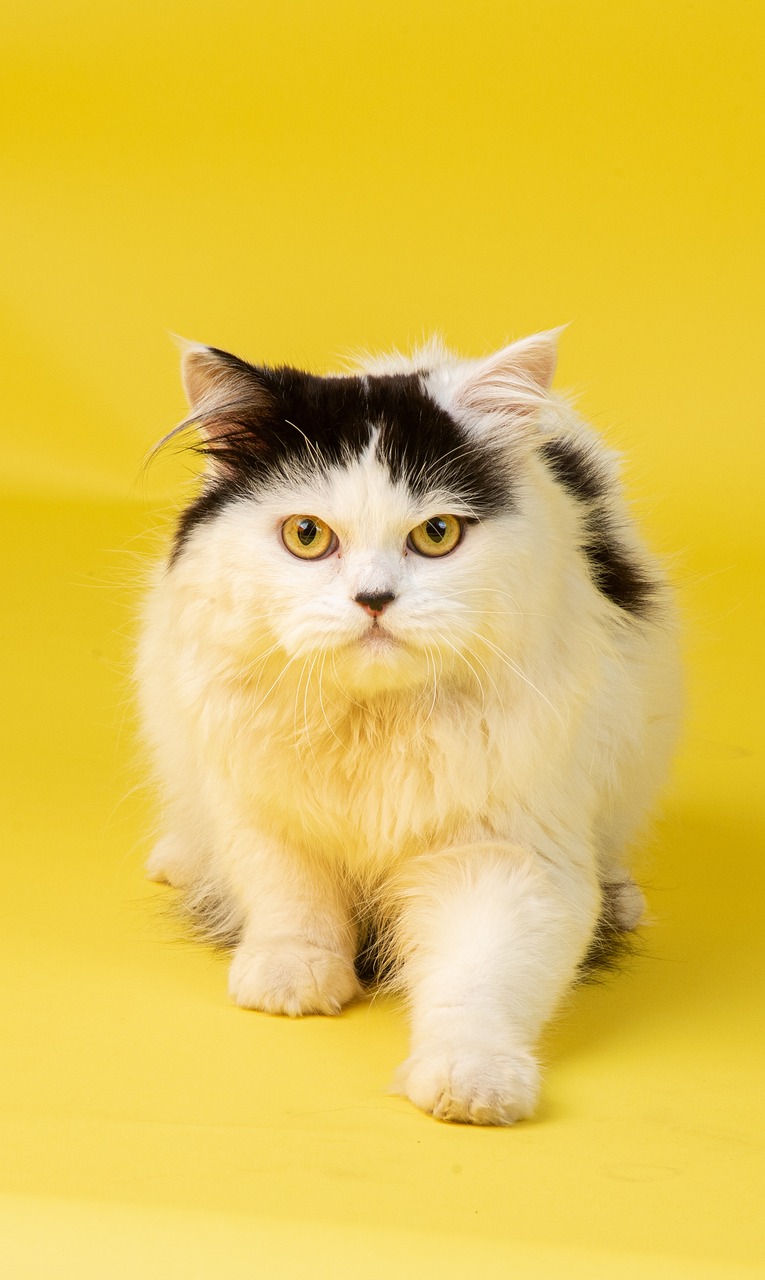
Cats have remarkable balance due to several factors:
Tail: A cat's tail serves as a counterbalance, helping them adjust their position and maintain stability while walking or balancing on narrow surfaces.
Flexibility: Cats are incredibly flexible creatures. Their spine is highly flexible, allowing them to make subtle adjustments to their center of gravity while balancing.
Muscle control: Cats have strong and precise muscles, particularly in their legs and core, which they use to control their movements and maintain balance.
Paws: A cat's paw pads provide excellent traction, enabling them to grip onto surfaces firmly, even if they're narrow or uneven.
Instincts: Cats have a natural instinct for balance and agility, honed over centuries of evolution as hunters and climbers. They are adept at judging distances and angles, which helps them navigate challenging terrain with ease.
When you see a cat balancing on a narrow wall or ledge, it's a combination of all these factors working together to allow them to perform such impressive feats of agility and balance
"Body balancing" in cats typically refers to their ability to maintain equilibrium and stability while moving or performing various activities. Cats are known for their remarkable agility and balance, which is attributed to several factors:
Muscle Strength and Flexibility: Cats have powerful muscles, particularly in their hindquarters, which provide them with strength and agility. Additionally, their flexible spine allows for precise movements and adjustments to maintain balance.
Vestibular System: Like humans, cats have a vestibular system located in their inner ear, which helps them sense changes in position and movement. This system plays a crucial role in their ability to balance.
Tail Control: The tail serves as a counterbalance for cats, aiding in their stability and agility. Cats use their tails to adjust their center of gravity, especially when making quick turns or navigating narrow spaces. 
Vision: Cats have excellent vision, particularly in low light, which helps them perceive their surroundings accurately and make necessary adjustments to maintain balance.
Instincts and Reflexes: Cats have innate instincts and reflexes that contribute to their ability to balance. They are naturally adept at landing on their feet, thanks to a phenomenon known as the "righting reflex" or "cat righting reflex." This reflex allows cats to twist their bodies mid-air to land on their feet when falling.
Practice and Experience: Like any skill, balance improves with practice and experience. Kittens learn and refine their balancing abilities through play and exploration from a young age.
Maintaining good balance is essential for cats, especially for activities like climbing, jumping, and hunting. However, it's important to note that various factors, such as age, health conditions, and injuries, can affect a cat's balance. If you notice any sudden changes in your cat's balance or coordination, it's advisable to consult a veterinarian for evaluation and appropriate management.
Join this channel to get access to perks:
https://www.youtube.com/@abhinavmishravlog/join

Comments